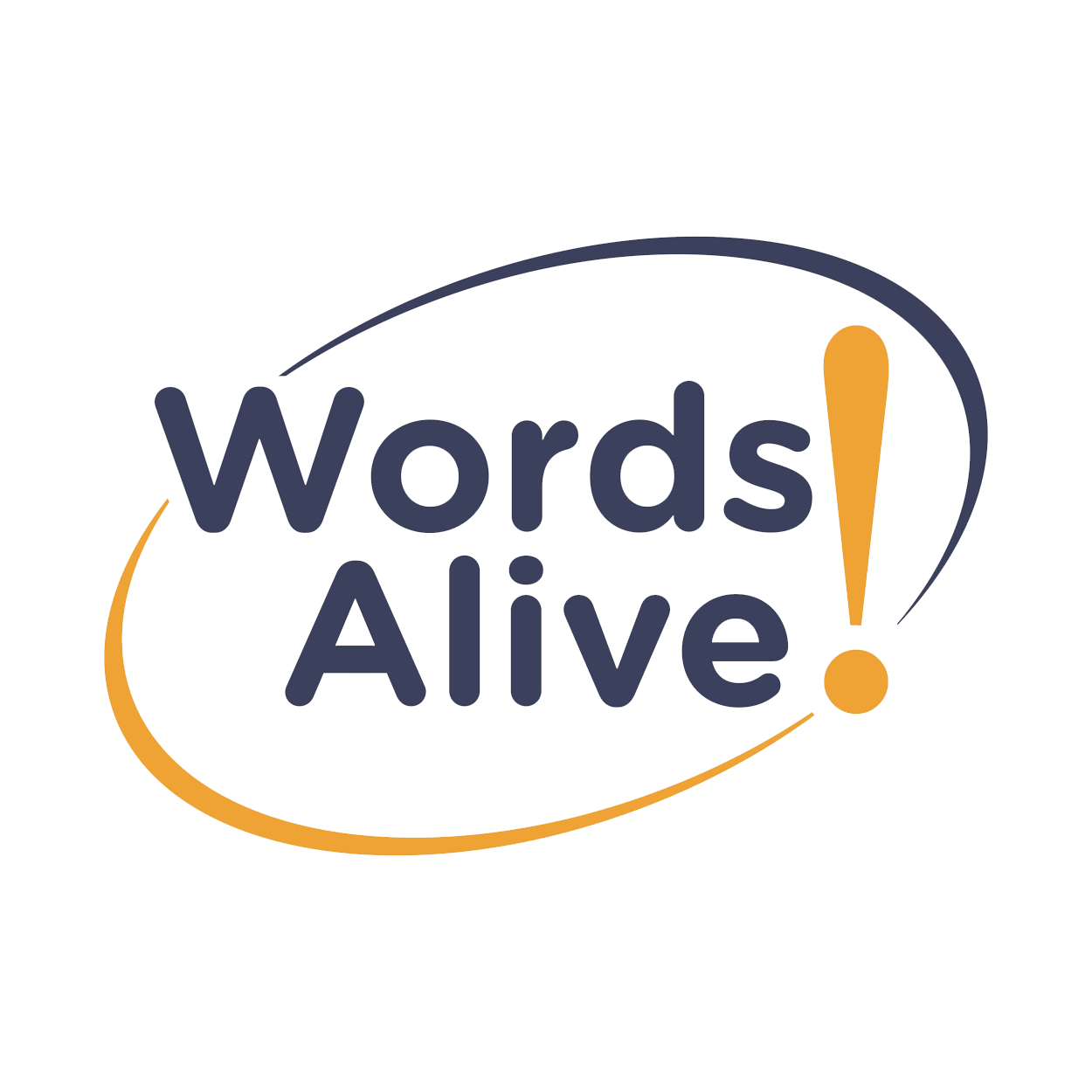An image of blocks of letters all mixed up. People with dyslexia experience difficulty with accurate and/or fluent word recognition and poor spelling and decoding abilities.
What is Dyslexia?
October is Dyslexia Awareness Month, a time to bring more attention to what dyslexia is and how best to work with those who are dyslexic. The International Dyslexia Association characterizes the learning disability as difficulty with accurate and/or fluent word recognition and poor spelling and decoding abilities. Consequences from dyslexia can include problems with reading comprehension and reduced reading experience that can impede growth of vocabulary and background knowledge. Unrelated to a person’s cognitive abilities, dyslexia has many positive consequences, including helping individuals become highly resilient and adaptable, articulate and expressive of thoughts and feelings, empathetic, and having the ability to think outside of the box and see the bigger picture.
Who Is Impacted By Dyslexia and What Is Being Done About It?
The Yale Center for Dyslexia and Creativity states that dyslexia effects 20% of the population and represents 80-90% of those with a learning disability. Due to the prevalence of dyslexia, thirty-nine of the fifty states have introduced dyslexia related legislation, which are outlined on . The National Center on Improving Literacy website in detail. California, as one of these states, has a bill that requires guidelines to be prepared to assist teachers and parents in identifying dyslexia as well as provide improved educational services to these students. The Americans with Disabilities Act (ADA) also provides the accommodation for students with dyslexia to have additional time to take exams, believed to be one of the most critical accommodations that allows students to succeed alongside students without the learning disability.
How Best to Teach Those With Dyslexia?
Structured Word Inquiry (SWI) is a method that is frequently used to teach individuals with dyslexia. Also termed Scientific Word Investigation, WordWorksKingston.com describes one of the guiding principles behind the method to be: the conventions by which English spelling represents meaning are so well-ordered and reliable that spelling can be investigated and understood through scientific inquiry. The Nueva school, a California-based school, summarizes the method into a few simple steps: The method starts with students brainstorming a way to define the word, using knowledge they already have. From there, they look at the structure of the word before diving into the etymology of the word as well as what the prefix, suffix, or base word is. Then, the students explore if there are any related words, before visually representing them in what has been termed a “Word Sum”. Lastly, the students debrief about what they learned about that particular word family. By going through this inquiry process, students learn more about the background of the word and are given the tools to learn new words on their own.
If you believe your child or student has dyslexia, but aren’t sure where to start, many of the websites listed below have additional resources. Another resource that is frequently cited by national and international dyslexia organizations is Overcoming Dyslexia by Sally Shaywitz.
Events such as Dyslexia Awareness Month helps to bring attention to the 20% of our population who have dyslexia. Through this additional time and recognition, students are given the opportunity to learn to read and succeed alongside their peers.
Sources:
https://dyslexiaida.org/definition-of-dyslexia/
http://dyslexia.yale.edu/dyslexia/what-is-dyslexia/
https://improvingliteracy.org/state-of-dyslexia/california
http://wordworkskingston.com/WordWorks/Structured_Word_Inquiry.html
https://www.nuevaschool.org/student-experience/lower-school/structured-word-inquiry

